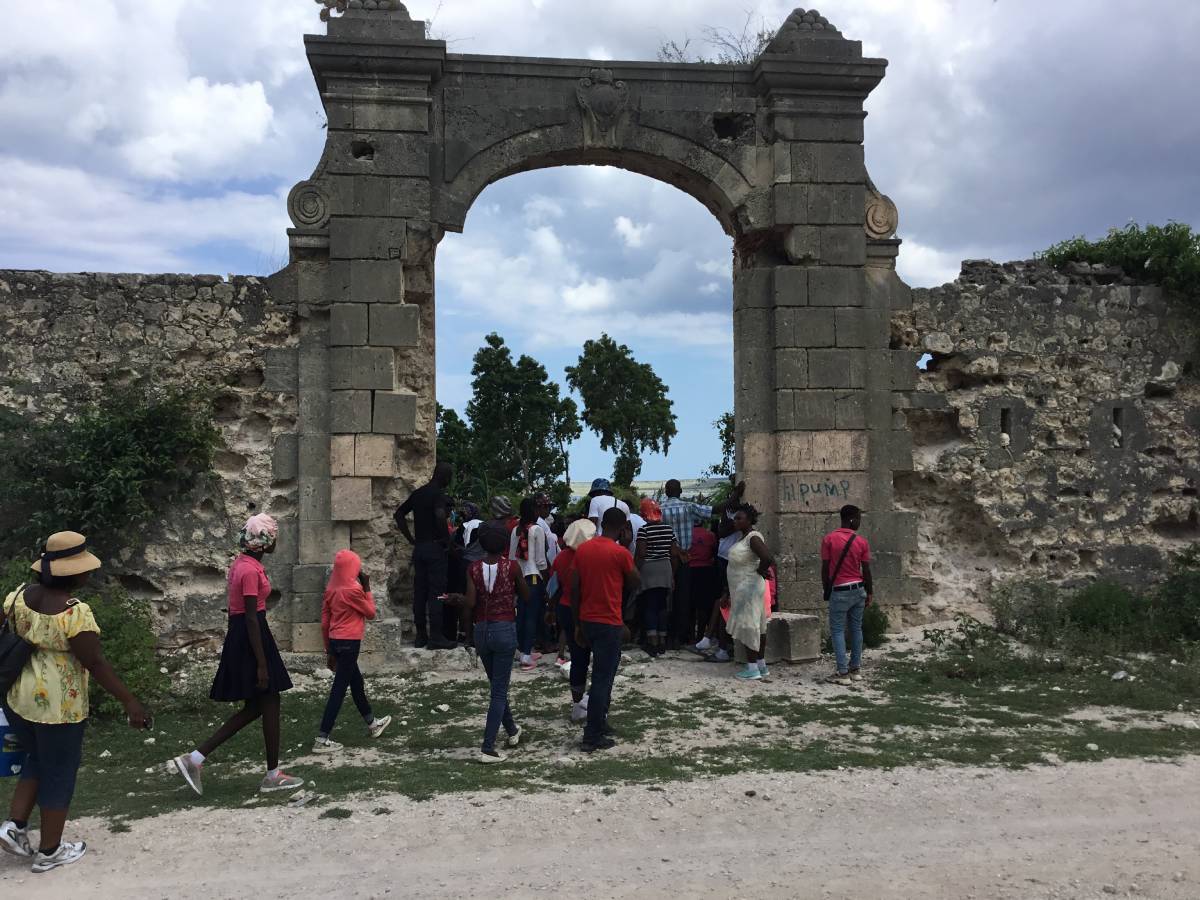|
Getting your Trinity Audio player ready...
|
This section offers links to ads and other information on opportunities in various fields (employment, education, investment, volunteering, consumer savings, etc.).
ARCHITECTURE/ URBANISM
Diébédo Francis Kéré: Building with the people/ Building for the people

Jean Jonassaint
How do we inhabit our torrid spaces? And more broadly, how can we inhabit our lands? These are essential questions if we want to build efficiently. These are also questions that haunted, and surely still haunt, Diébédo Francis Kéré, Burkinabé architect and Pritzker Architecture Prize, 2022 whose motto could be “Building with the people” or “Building for the people” “Construire pour le peuple,” the title of a lecture in French that he gave at the Cité de l’Architecture & du Patrimoine on September 23, 2014. In this talk (summarized below), Kéré sketches a philosophy of urban planning and, more broadly, a vision of the development of our countries in the southern hemisphere that inspires thought and urges action.
If you prefer English, listen to his lecture at The Design School at ASU (Arizona State University) that develops the same ideas with more or less the same examples of construction projects. You may also want to hear him describe in English his first architectural venture in his native village, Gando, in a lecture entitled “African architecture should stop copying the West” delivered in Cape Town on February 23, 2011.
Construire pour le peuple : nouvelles traditions (Building for the people: new traditions). A conference at the Cité de l’Architecture & du Patrimoine, September 23rd, 2014
In this lecture, Diébédo Francis Kéré retraces the history of several projects he has led throughout his career as an architect, to illustrate key principles in his philosophy: using materials and local skills, and involving the local populations allows for the construction of useful, economical, and durable buildings suited to their respective environments. It is up to on African architects and builders not to simply copy buildings from richer countries in a reductive and ahistorical fashion without considering the milieu in which these structures exist, or the means used to build them.
Hugo Cantin
Design Indaba, Cape Town, February 23rd, 2011
“African architecture should stop copying the West”
In this conference, Diébédo Francis Kéré shows the incompatibility of the Western and Chinese building models with the reality of Burkina-Faso, where running water is not widespread and infrasctures are lacking. The project of a school in Gando, created while Kéré was studying architecture in Germany, demonstrates the feasibility of affordable and durable projects using local building materials and knowledge. If the Schulbausteine für Gando association did not gathered substantial funding, the labor of the village as a whole transformed this idea into a reality.
The choice of building a school is significant in a country in which education is lacking and schools as buildings are generally envisioned as French, using materials such as concrete and glass.
Kéré underlines the importance of the education and participation of Gando as the key to the school’s success. It is to the work of the entire community, notably the involvement of women, that Kéré credits the success of this project. By convincing the population that clay was a viable building material, and by using compacted clay as a foundation, by showing the worth of ancestral know-hows and of the tools available, Diébédo Francis Kéré was able to earn the support of the villagers and their workforce.
Hugo Cantin
Diébédo Francis Kéré: Design School at Arizona State University
EDUCATION
How to fix a broken education system … without any more money
A short TED Talk video by Seema Bansal (India)
Length: 14 min 28 sec | 258,736 views | July 20, 2016
Seema Bansal forged a path to public education reform for 15,000 schools in Haryana, India, by setting an ambitious goal: by 2020, 80 percent of children should have grade-level knowledge. She’s looking to meet this goal by seeking reforms that will work in every school without additional resources. Bansal and her team have found success using creative, straightforward techniques such as communicating with teachers using SMS group chats, and they have already measurably improved learning and engagement in Haryana’s schools.
Bonne lecture!
If you have any comments or suggestions, do not hesitate to write to us. In advance, thank you very much.






